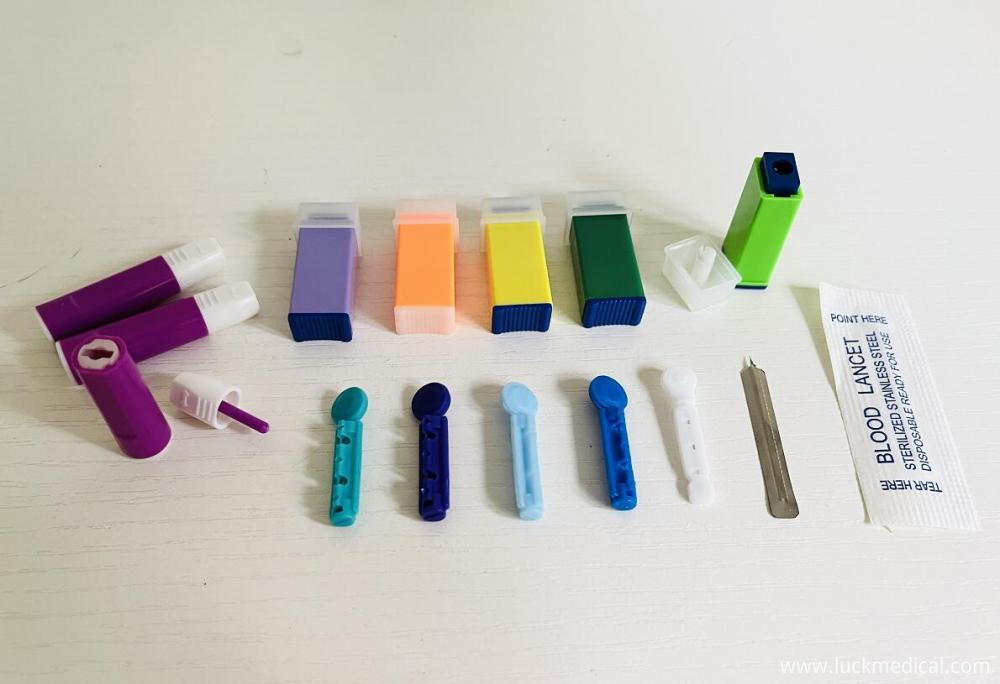Peripheral blood collection, also known as skin puncture blood collection, is usually performed at specific parts such as fingers and heels to collect capillary blood for examination. During peripheral blood collection, the puncture instruments used to puncture the skin to obtain peripheral blood samples are collectively referred to as peripheral blood collection instruments, including peripheral
Blood Collection Needles, heel blood collection devices and blood collection pens used with blood collection needles.
The most widely used Lancet including: Twist type/stainless steel lancet/safety press active type etc

According to the estimates of marketsandmarkets, at present, the market scale of the global peripheral blood collection device industry is about 1billion US dollars, and the number is about 50billion person times; Among them, peripheral blood collection devices used in the field of blood glucose detection account for about 75%, while other application fields mainly include clinical tests such as hemoglobin, blood routine, neonatal disease screening, etc.
In the domestic market, the market scale of terminal blood collection devices in China is about 10% of that in the world. With the increase of the number of patients with diabetes and the improvement of the diagnostic rate, the frequency of blood glucose monitoring and the standardization of blood sampling have increased, which will continue to increase the demand for peripheral blood collection devices. According to the data, China is the largest country in the world with diabetes, reaching 130million in 2020, accounting for about 10% of China's total population. The prevalence of adult diabetes is as high as 11.9%. The market scale of blood glucose POCT detection is $662million, an increase of 20.15% year-on-year.
At the same time, in the daily physical examination, most of the samples in the laboratory department come from blood, and the blood collection and pretreatment have a great impact on the accuracy and reliability of the test data, almost directly affecting the results. Therefore, with the continuous improvement of residents' health awareness, the number of physical examiners has increased year by year. By 2020, the number of domestic physical examiners is about 464million. In addition, the penetration rate of physical examination in China is lower than that in developed countries, which was only 32.68% in 2017, 74.20% in Japan, 73.40% in the United States and 96.90% in Germany in the same period.
It can be seen that with the popularization of people's health awareness and the large room to improve the penetration rate of physical examination, the number of blood collectors and the demand for blood collection needles will be expanded, which will drive the demand of peripheral blood collection equipment industry to rise. Moreover, with the prevalence and outbreak of infectious diseases such as COVID-19 and the progress of diagnostic technology, the demand for peripheral blood collectors in the field of clinical laboratory diagnosis will also grow rapidly.
